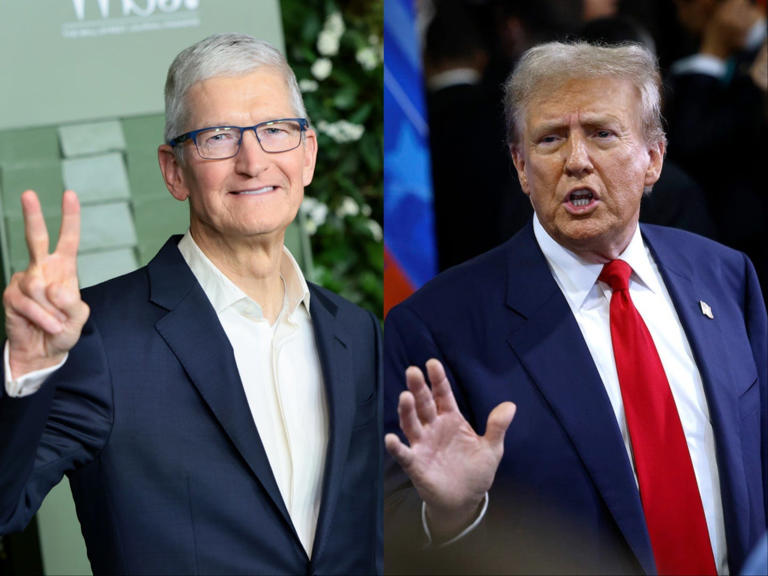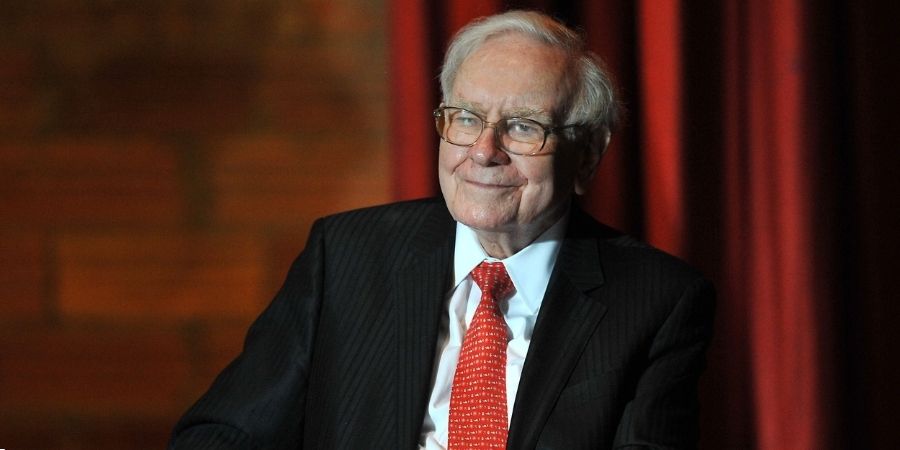
In a move that has sparked debate in both political and tech circles, former President Donald Trump has threatened to impose tariffs on Apple Inc. products not manufactured in the U.S. This comes as Apple ramps up its production in India, aiming to reduce its dependency on China and optimize global supply chains.
This announcement has ignited fresh concerns over U.S. trade policies, global tech manufacturing, and the future of international business relations.
📦 Why Apple Is Shifting Production to India
Apple’s growing presence in India is not a surprise — it’s part of a strategic realignment to minimize geopolitical risks and streamline costs.
Key reasons behind Apple’s India expansion:
- India offers a massive workforce and lower labor costs.
- The Indian government provides tax incentives through its Production Linked Incentive (PLI) scheme.
- Apple wants to reduce its reliance on Chinese manufacturing due to U.S.–China tensions.
Recent reports reveal:
- Apple’s iPhone exports from India to the U.S. surged by 76% year-over-year.
- Foxconn, Apple’s key manufacturing partner, has pledged billions in investments in Indian facilities.
This shift highlights the rising importance of India in Apple’s supply chain and global strategy. It also aligns with the growing trend of companies pursuing a “China plus one” approach — an effort to diversify manufacturing beyond China.
📉 Trump’s Threat: Tariffs on iPhones Not Made in America
Donald Trump’s warning is clear: iPhones not made in the U.S. could face a 25% tariff if he returns to the White House.
His rationale:
- Promote American manufacturing and jobs.
- Reduce U.S. trade deficits.
- Encourage global brands to invest in American infrastructure.
However, experts argue this could backfire. Manufacturing iPhones entirely in the U.S. would significantly increase costs. Some estimates suggest a U.S.-made iPhone could cost as much as $3,500.
Potential consequences of Trump’s tariff threat:
- Higher prices for U.S. consumers.
- Disrupted supply chains and slower product rollouts.
- Tension between Washington and New Delhi — a relationship both countries have worked to strengthen.
📊 India’s Role in the Global Tech Ecosystem
India is becoming a vital player in global tech manufacturing, thanks to:
- Robust support from government-led initiatives.
- Rising digital infrastructure and skilled labor force.
- Strategic position in global logistics networks.
Apple’s footprint in India includes:
- Annual production worth approximately $15–16 billion.
- Plans to double manufacturing output to over $30 billion.
- Thousands of direct and indirect job opportunities.
India’s goal is to become a hub for premium electronics manufacturing, which fits perfectly with Apple’s long-term vision.
🔁 Potential Ripple Effects of Tariffs
If tariffs are implemented, the implications could extend well beyond Apple:
- Consumer electronics prices across the board may rise.
- Companies could be forced to reconsider their global supply chain strategies.
- India’s ambitions to become a manufacturing powerhouse might be challenged.
Here’s what could happen:
- U.S. customers may delay purchases due to price hikes.
- Small and mid-sized suppliers linked to Apple could face losses.
- India-U.S. trade relations could suffer a setback.
💡 Apple’s Countermove: Investing Big in the U.S.
In an effort to ease political tensions, Apple announced a $500 billion investment plan in the U.S. over the next four years. This includes:
- A major AI server facility in Texas.
- Creation of over 20,000 high-skilled jobs.
- Expanded research and development operations.
This shows Apple is not ignoring its home market, even as it continues to expand overseas. It’s a delicate balancing act between meeting business goals and responding to political pressure.
🌍 What This Means for the Future of Global Tech
This conflict brings important questions to the surface:
- Can companies continue to operate truly global supply chains?
- Will rising nationalism affect the free flow of technology and trade?
- How should businesses prepare for politically driven market disruptions?
Apple’s approach — diversifying production while investing domestically — could become a blueprint for other global brands.
📝 Conclusion
The evolving story of Apple, India, and Trump’s tariff threats is more than a business headline. It’s a symbol of the challenges global companies face in today’s geopolitical climate. As countries focus more on domestic growth and security, multinational corporations must make strategic decisions to remain competitive and compliant.












